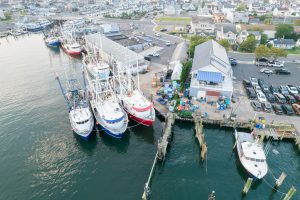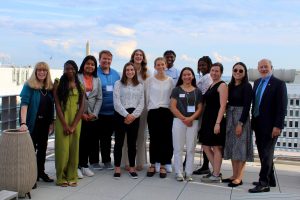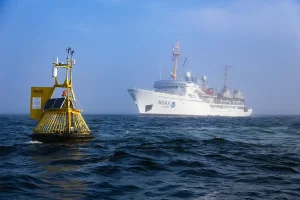PROPOSALS DUE SEPTEMBER 18, 2023
View the full Notice of Funding Opportunity to apply here
An informational webinar was be held Tuesday June 27 3-4pm ET. View the recording.
NOAA’s Ocean Acidification Program (OAP) solicits cruise project proposals complementing core ocean observing on upcoming coastal ocean acidification (OA) cruises targeting the US Coastal Large Marine Ecosystems. The proposed activities should provide expanded OA observational and experimental capabilities of repeated oceanographic research cruises to better achieve the strategic aims of the program.
Projects should expand existing capabilities of the OAP supported research cruises conducted along the coastal US. Projects should be aimed towards fulfilling the OA Cruise Science Priority Guidance Level 2 and Level 3 activities. Proposals should demonstrate how their proposed efforts in concert with the Level 1 core activities/measures would better address regionally relevant objectives in the NOAA Ocean, Coastal, and Great Lakes Research Plan: 2020-2029.
Subject to the availability of funding, OAP anticipates approximately $1,000,000 will be available to support approximately 5-10 projects total, with each project funded at the approximate level of $100,000 – $200,000 total. Project duration should not exceed 3 years.





